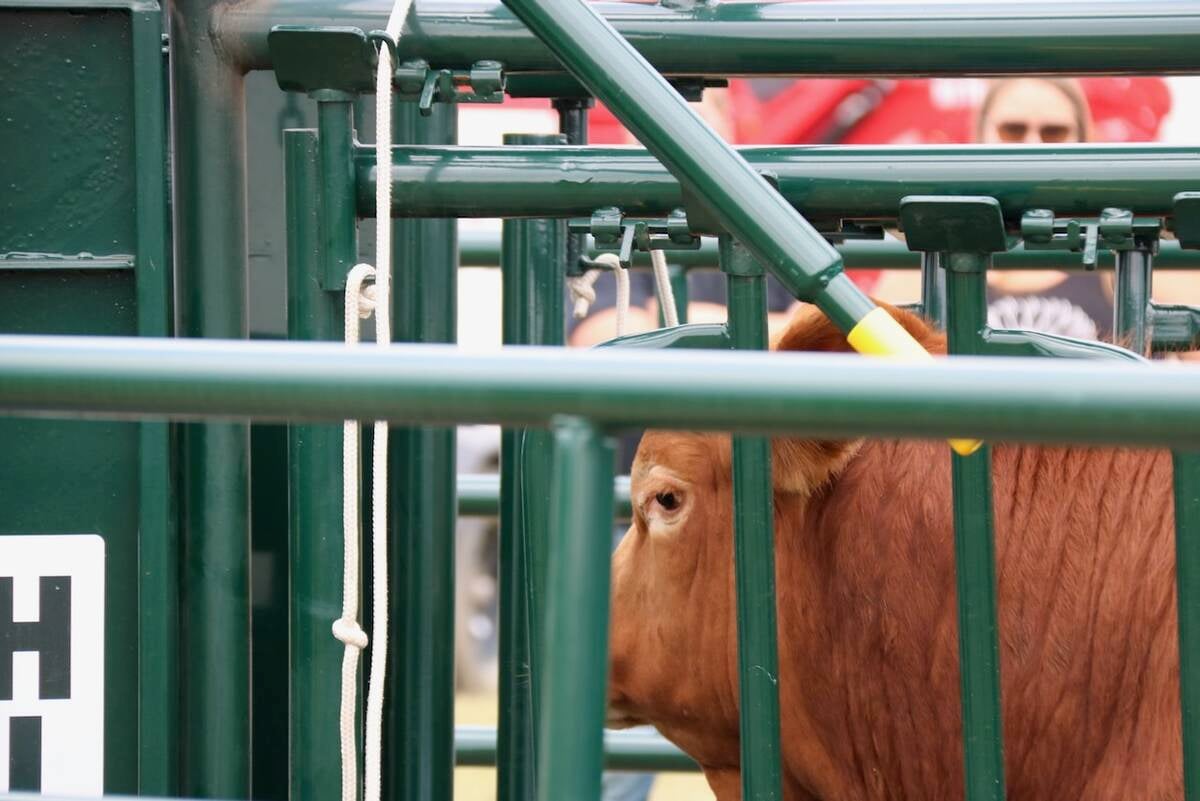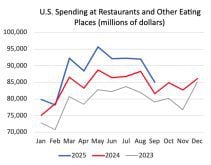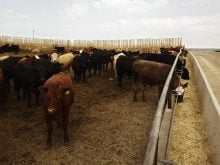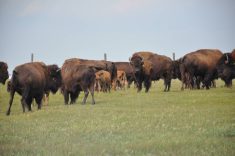KAMLOOPS, B.C. – Health scares and politics create a maze-like challenge for Beef Information Centre employees promoting Canadian beef.
BIC chief executive officer Glenn Brand said country-of-origin labelling continues to stymie Canadian exports to the United States, partly because fewer packers want to deal with beef from multiple countries.
“COOL is a significant threat to our exports of live cattle and boxed volume,” he told the British Columbia Cattlemen’s Association annual meeting in Kamloops May 22.
Feeder exports for the first quarter of 2009 are down 34 percent from last year when a record number of calves went south. As well, fed slaughter exports have dropped 23 percent, partly because of economics and the labelling law.
Read Also

Good handling equipment a must on cattle operations
It’s important for the safety of producers and everyone else dealing with their stock that handling equipment is functional and safe.
Beef exports are slowly improving but imports are also up.
U.S. processors are following the letter of the law and have so far not used U.S. agriculture secretary Tom Vilsack’s suggested voluntary guidelines for further labelling.
However, Brand thinks confusion reigns at American meat counters. He said he has not seen foreign beef priced more cheaply than U.S. beef but it is not uncommon to see ground beef packages listing as many as five countries as the source.
“The average consumer has the impression that a package of ground beef comes from a single animal and they wonder how that animal has been in five countries,” Brand said.
BIC continues to differentiate Canadian beef as a separate product among retailers in the U.S. It is also working with companies such as Washington Beef to carve out a market for mixed origin product.
One potential market niche is the large Hispanic market, which is less influenced by COOL and wants a leaner product.
A Pennsylvania retailer uses Canadian beef, and another 15 similar projects are in the works. Brand said these initiatives should be completed soon, as people become more familiar with the labelling rule.
In Canada, consumer confidence in domestic beef has slipped a few percentage points following meat recalls from Maple Leaf Foods last year when listeria was discovered in processed food.
However, the confidence level has remained at around 90 percent.
A stylized maple leaf to identify home grown-product has been integrated into all beef promotional materials.
Since Dec. 29, agreements to use the logo have been signed with companies such as Canada Safeway in the West, Costco and Boston Pizza. Another 40 agreements are coming.
BIC also continues to promote sales of commercial beef from animals older than 30 months.
New partnerships with McDonald’s, Canada’s largest beef user, will see the logo printed on the inside of the company’s burger containers.
Another campaign focuses on encouraging light users of beef to add an extra meal per week. About 65 percent of the population eats one or two beef meals a week. Adding one more meal would require an extra 20,000 tonnes of beef to meet demand.















